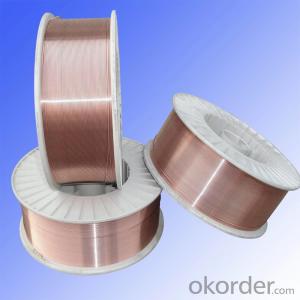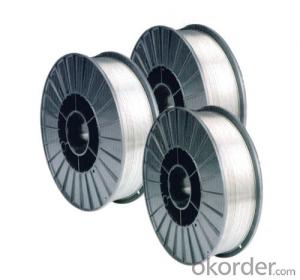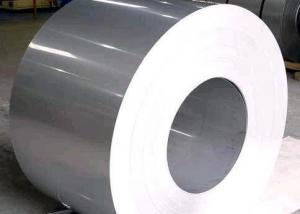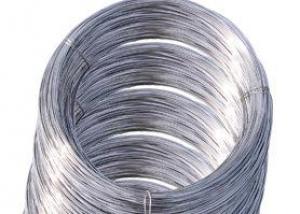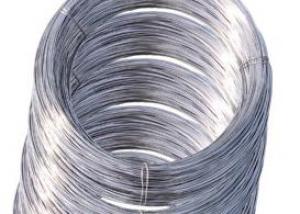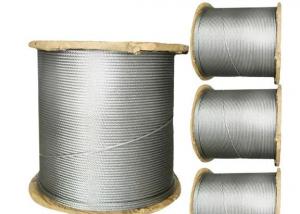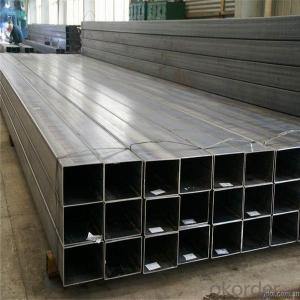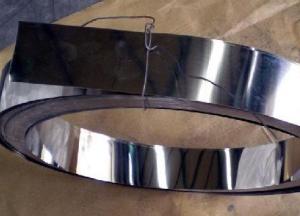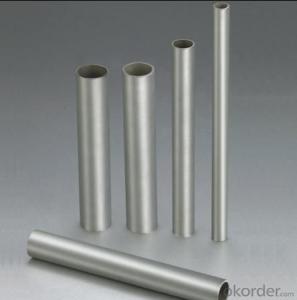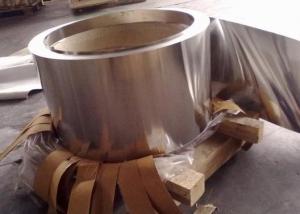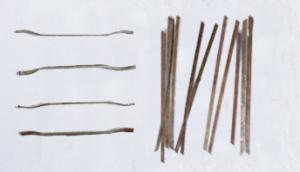Brass Steel Welding Wire/ Strip for Building
- Loading Port:
- Qingdao
- Payment Terms:
- TT OR LC
- Min Order Qty:
- 10 m.t.
- Supply Capability:
- 1000 m.t./month
OKorder Service Pledge
OKorder Financial Service
You Might Also Like
Brass Steel Welding Wire/ Strip for Building
Quick information:
AWS A5.18 ER70S-6
1) Copper coated
2) All position welding
3) Shield gas : CO2
4)Material: Carbon Steel
5)Diameter: 0.8mm-1.6mm
6)Weight: 15kg/spool, 100kg/barrel, 250kg/barrel
7)Flux Content: Without flux
8)Shield GAS: CO2
Specification:
| C | Mn | Si | S | P | Ni | Cr | Mo | V | Cu | |
| Standard | 0.06-0.15 | 1.40-1.85 | 0.80-1.15 | ≤0.035 | ≤0.025 | ≤0.15 | ≤0.15 | ≤0.15 | ≤0.03 | ≤0.50 |
| Typical | 0.078 | 1.53 | 0.85 | 0.01 | 0.011 | 0.029 | 0.022 | 0.008 | 0.010 | 0.12 |
Characteristics:
All products of welding wire were produced by German equipment.
Advanced technologies with advanced equipment.
FAQ:
Gas-shielded welding wires utilize Co2,argon-rich gas and argon gas as the shielding gases with high production efficiency.Large current may be used during welding to achieve droplet transfer,wiht large melting coefficient of wire, excellent depth of welding penetration on material, little melting residues,high-density current, concentrated heat, small heating area, little distortion of work pieces after welding, etc.
Because of low content of hydrogen in the seam,cold cracking is rare. Good visibility of electric arc facilitates full-position welding and welding at other positions.
Main Applications:Welding of various 500Mpa structural steel components;welding of various 500Mpa plates and pipes;full-position welding with a wide range of current.
Pictures:
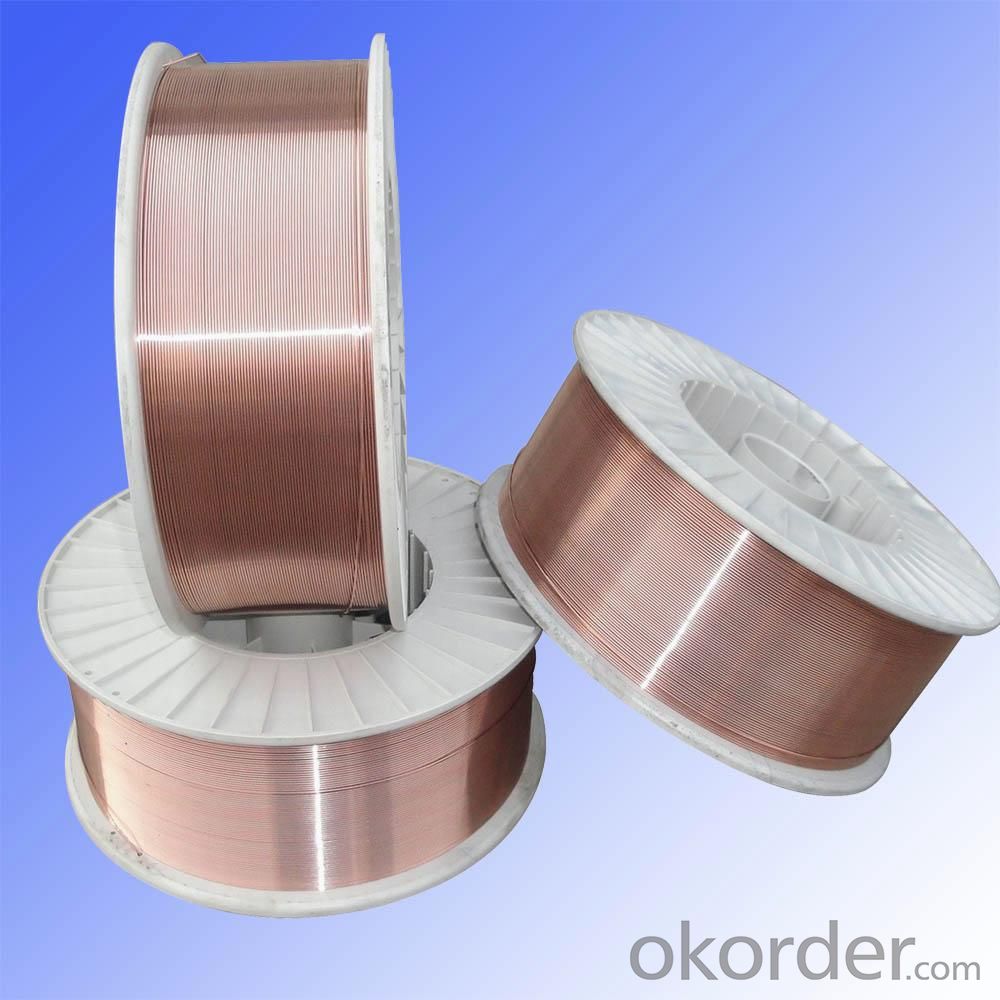
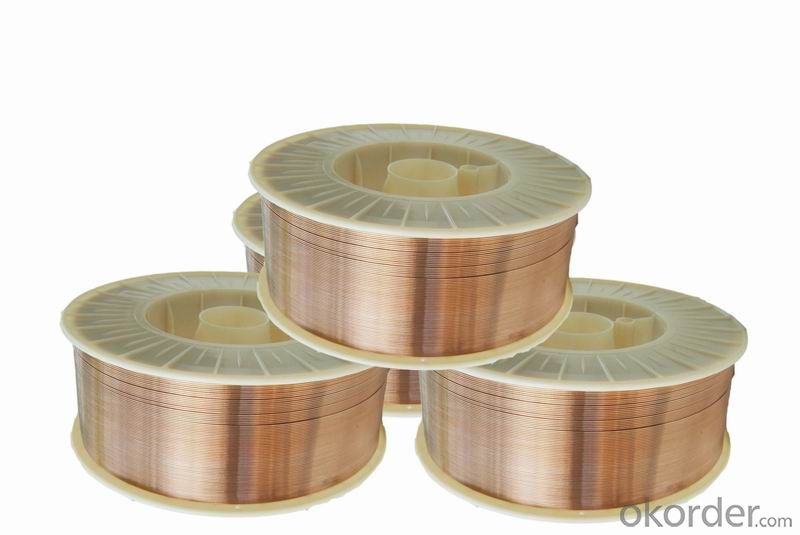
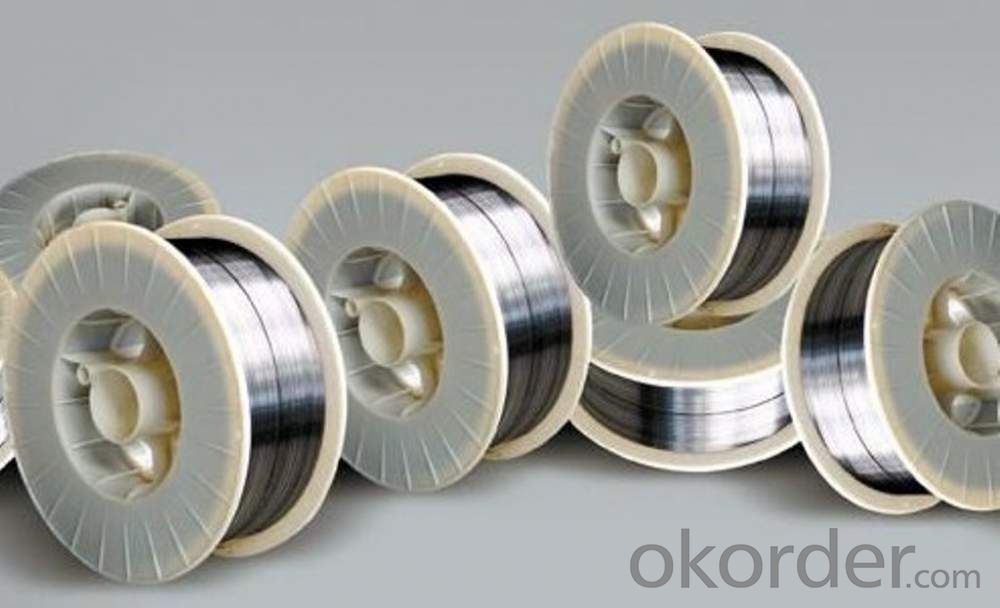
- Q: How strong is stainless steel wire?
- Known for its exceptional strength and durability, stainless steel wire is a material highly praised for its versatility. It possesses the ability to endure high levels of tension and pressure without succumbing to breakage or deformation. The specific alloy used determines the strength of stainless steel wire, yet it is generally regarded as one of the most robust wire types available. This strength is a direct result of stainless steel's properties, which include its high tensile strength, corrosion resistance, and unwavering structural integrity even in the most extreme conditions. Consequently, stainless steel wire finds extensive application across a range of industries, such as construction, automotive, aerospace, and marine, where strength and reliability are paramount.
- Q: What material of stainless steel screws is not easy to strip?
- If stainless steel screws easily slip teeth, there may be no hard, if only through hard will solve the questions, that don't have to change what material. And if it is in the device using the screw, the force is too large so that the adjustment screw form, good strength. If it is not, then you can only directly replace the screw material, change a little better. Faced with screws, wire 1010, base to 1006 screws, wire produced screws, then the wire produced by their own screw hardness is not so good
- Q: Can stainless steel wire be used for making wire traps?
- Yes, stainless steel wire can be used for making wire traps. Stainless steel is a durable and corrosion-resistant material that can withstand the elements and repeated use. It provides strength and flexibility, making it suitable for constructing effective wire traps for various purposes.
- Q: Is stainless steel wire resistant to acids?
- Yes, stainless steel wire is resistant to acids.
- Q: What's the difference between galvanized iron wire and stainless steel wire?
- Stainless steel wire and stainless steel wire, various specifications and models of silk production as raw materials of stainless steel, the origin of the United States, Holland, Japan, the general section is round or flat. Common stainless steel wire with good corrosion resistance and high performance price ratio is 304 and 316 stainless steel wire.
- Q: What are the different types of stainless steel wire used in conveyor belts?
- Conveyor belts in the manufacturing industry commonly utilize various types of stainless steel wire. 304 stainless steel wire is among the most frequently used. This wire is highly versatile and suitable for a wide range of applications due to its excellent corrosion resistance and ability to withstand high temperatures. It is particularly ideal for conveyor belts used in industries like food processing, chemical manufacturing, and pharmaceuticals. 316 stainless steel wire is another widely used option. It is renowned for its superior corrosion resistance, especially in environments exposed to saltwater or harsh chemicals. Conveyor belts made from 316 stainless steel wire are commonly found in industries such as marine, mining, and wastewater treatment. Apart from 304 and 316 stainless steel wire, other types are also employed in conveyor belts. For instance, 430 stainless steel wire is often utilized in applications requiring high strength, with less emphasis on corrosion resistance. Industries like automotive manufacturing and construction frequently rely on this type of wire. Ultimately, the choice of stainless steel wire for conveyor belts depends on specific application requirements. Factors such as corrosion resistance, temperature resistance, and strength all play significant roles in determining the appropriate type of stainless steel wire.
- Q: What are the different types of stainless steel wire rope constructions available?
- There exist various stainless steel wire rope constructions to cater to specific applications and requirements. Some commonly used types include: 1. 1x19 Construction: Comprising of one strand with 19 wires, this wire rope offers exceptional strength and finds applications in standing rigging for sailboats or architectural projects. 2. 7x7 Construction: This construction features seven strands, each composed of seven wires. It offers good flexibility and is frequently utilized in cable railing systems, garage door cables, and control cables. 3. 7x19 Construction: Similar to the 7x7 construction, this type includes additional wires, totaling 19 wires per strand. It provides higher flexibility and is commonly employed in winch lines, hoists, and crane cables. 4. 6x19 Construction: Consisting of six strands, each comprising 19 wires, this construction strikes a balance between flexibility and strength. It is suitable for general-purpose applications like slings, winch cables, and guy wires. 5. 6x37 Construction: This construction possesses six strands, each containing 37 wires. It offers excellent flexibility and high strength, making it ideal for heavy-duty applications in mining, logging, and offshore rigging. 6. 6x36 IWRC Construction: The abbreviation IWRC stands for Independent Wire Rope Core. This construction features six strands, each housing 36 wires, along with an independent wire core. It provides high strength, durability, and resistance to crushing, making it suitable for elevators, cranes, and suspension bridges. These examples represent only a fraction of the available stainless steel wire rope constructions. The choice of construction depends on factors such as required strength, flexibility, corrosion resistance, and the specific application at hand.
- Q: What are the different wire forming techniques used for stainless steel wire?
- There are several wire forming techniques used for stainless steel wire, including drawing, rolling, and bending. Drawing involves pulling the wire through a die to reduce its diameter and increase its length. Rolling involves passing the wire between two or more rotating rollers to shape it into a desired form. Bending is used to create specific angles or curves in the wire by applying pressure or heat. These techniques allow for the creation of various stainless steel wire products for different applications.
- Q: Is stainless steel wire resistant to bending and kinking?
- Stainless steel wire, in general, exhibits resistance to bending and kinking. Its high strength and durability distinguish stainless steel from other materials by reducing its susceptibility to bending or kinking. The inclusion of chromium and nickel in the alloy composition of stainless steel enhances its ability to resist corrosion and mechanical stress. Consequently, stainless steel wire is widely preferred in various industries such as construction, automotive, and electrical, where the wire's performance and longevity rely on its ability to withstand bending and kinking. Nevertheless, it is crucial to acknowledge that stainless steel wire can still bend or kink under extreme or excessive force. Hence, proper handling and application should always be considered.
- Q: Can stainless steel wire be used for guitar frets?
- No, stainless steel wire is not typically used for guitar frets. Guitar frets are commonly made of nickel-silver or nickel alloy, which are known for their durability, resistance to wear, and ability to produce a clear and distinct sound. Stainless steel wire, on the other hand, is harder and less malleable than nickel-silver, which makes it less suitable for frets. Additionally, stainless steel may be too abrasive and can cause excessive wear on guitar strings, leading to decreased playability and tone quality. Therefore, it is recommended to use the appropriate materials, such as nickel-silver or nickel alloy, for guitar frets to ensure optimal performance and longevity.
Send your message to us
Brass Steel Welding Wire/ Strip for Building
- Loading Port:
- Qingdao
- Payment Terms:
- TT OR LC
- Min Order Qty:
- 10 m.t.
- Supply Capability:
- 1000 m.t./month
OKorder Service Pledge
OKorder Financial Service
Similar products
Hot products
Hot Searches
Related keywords

